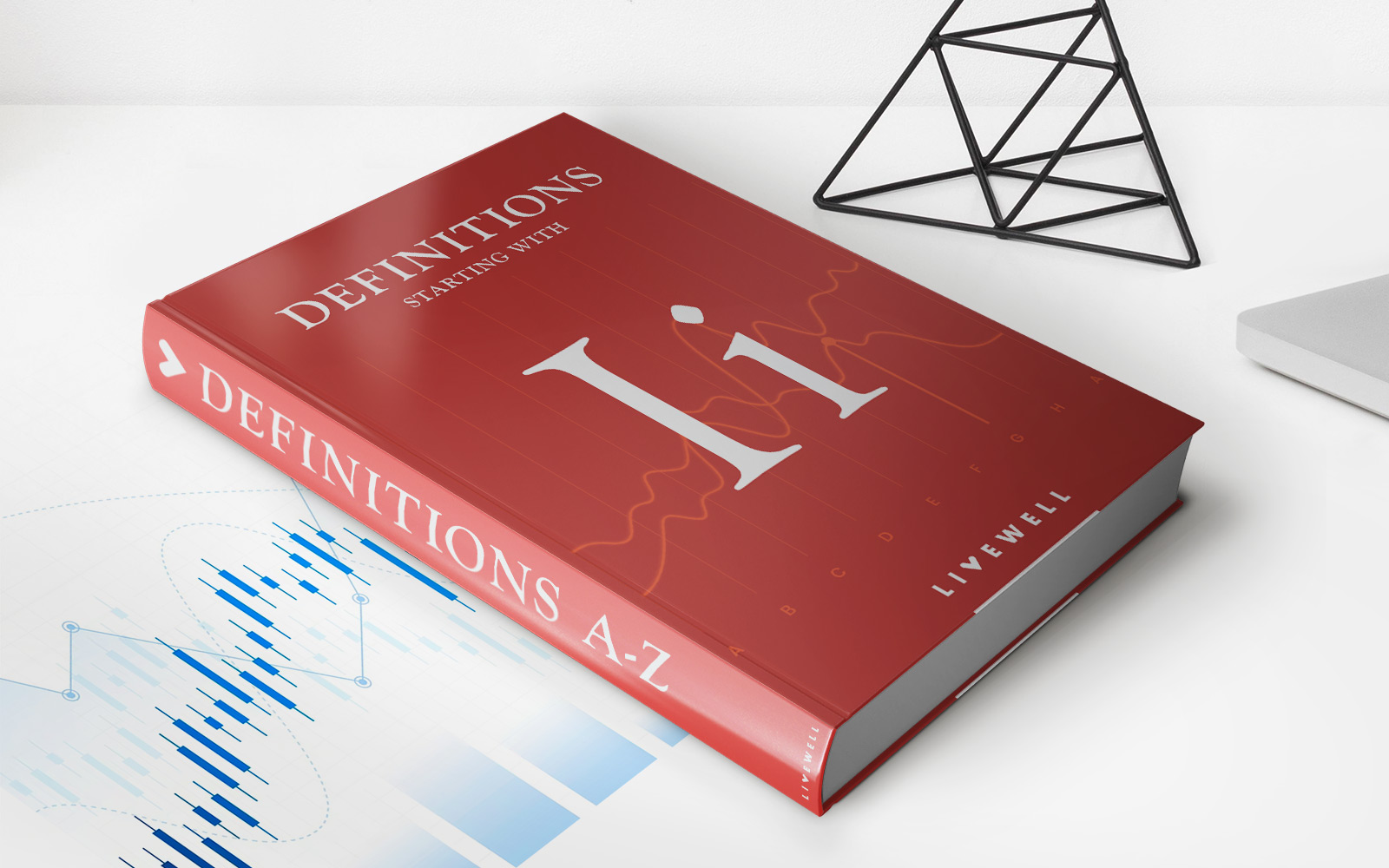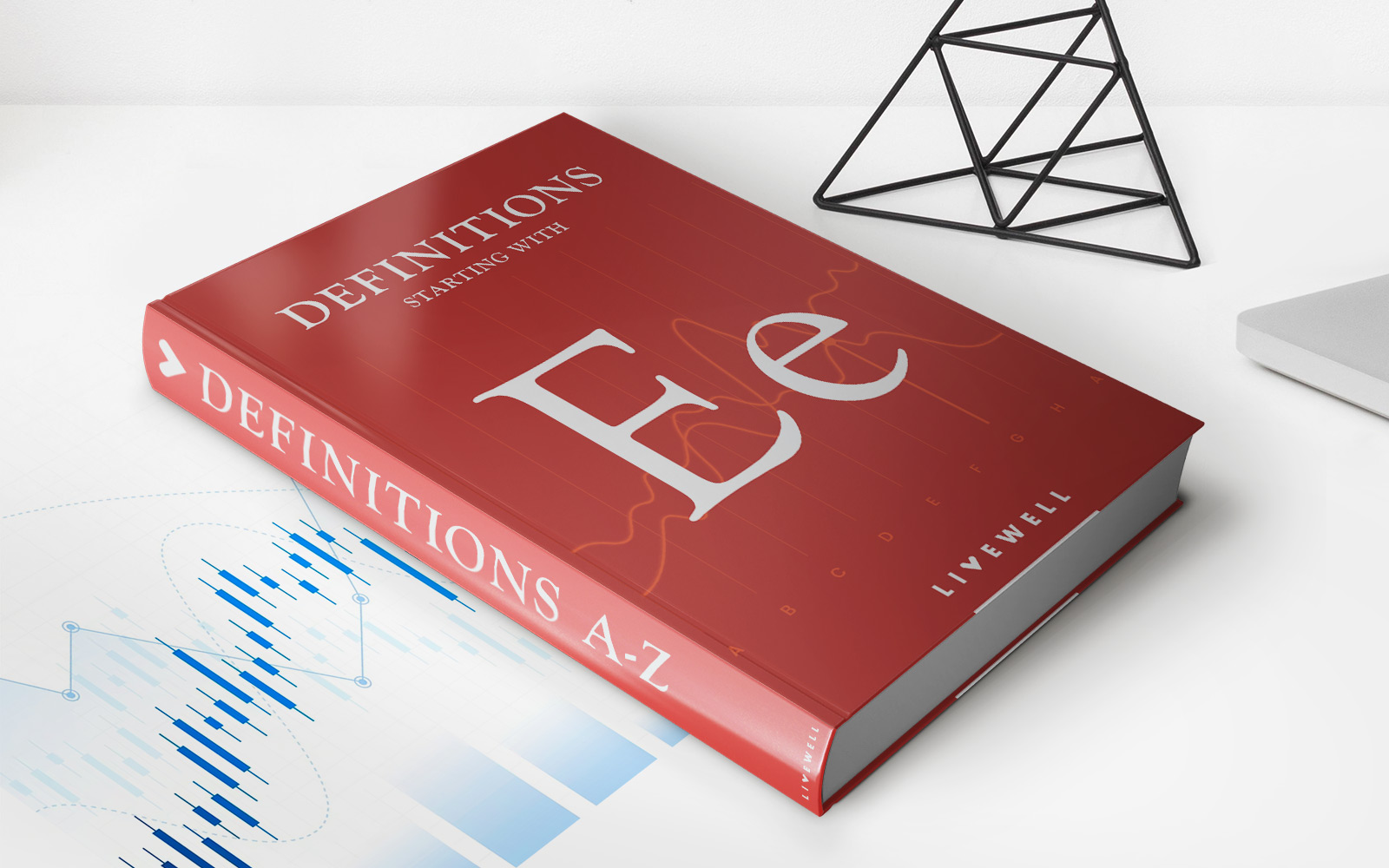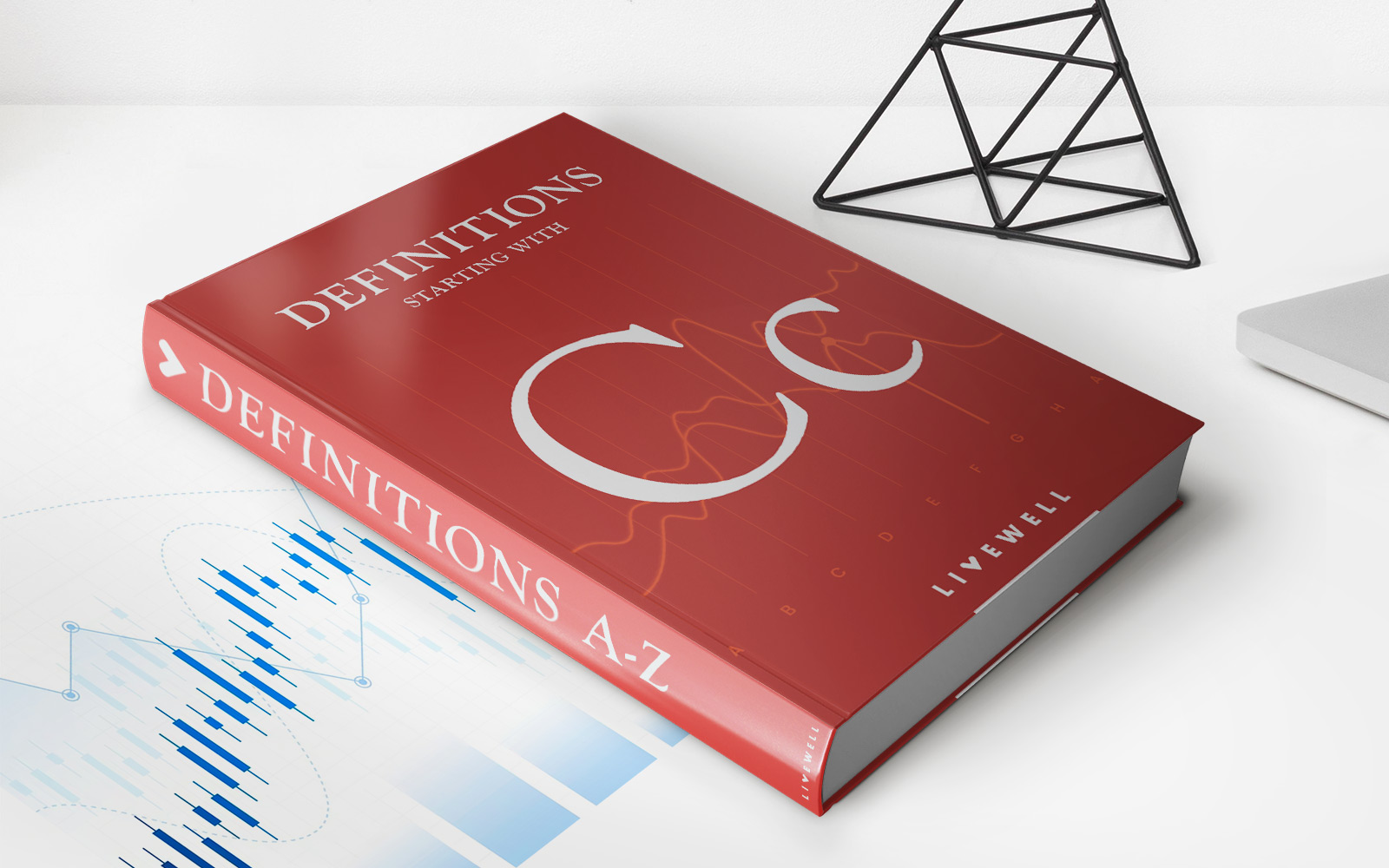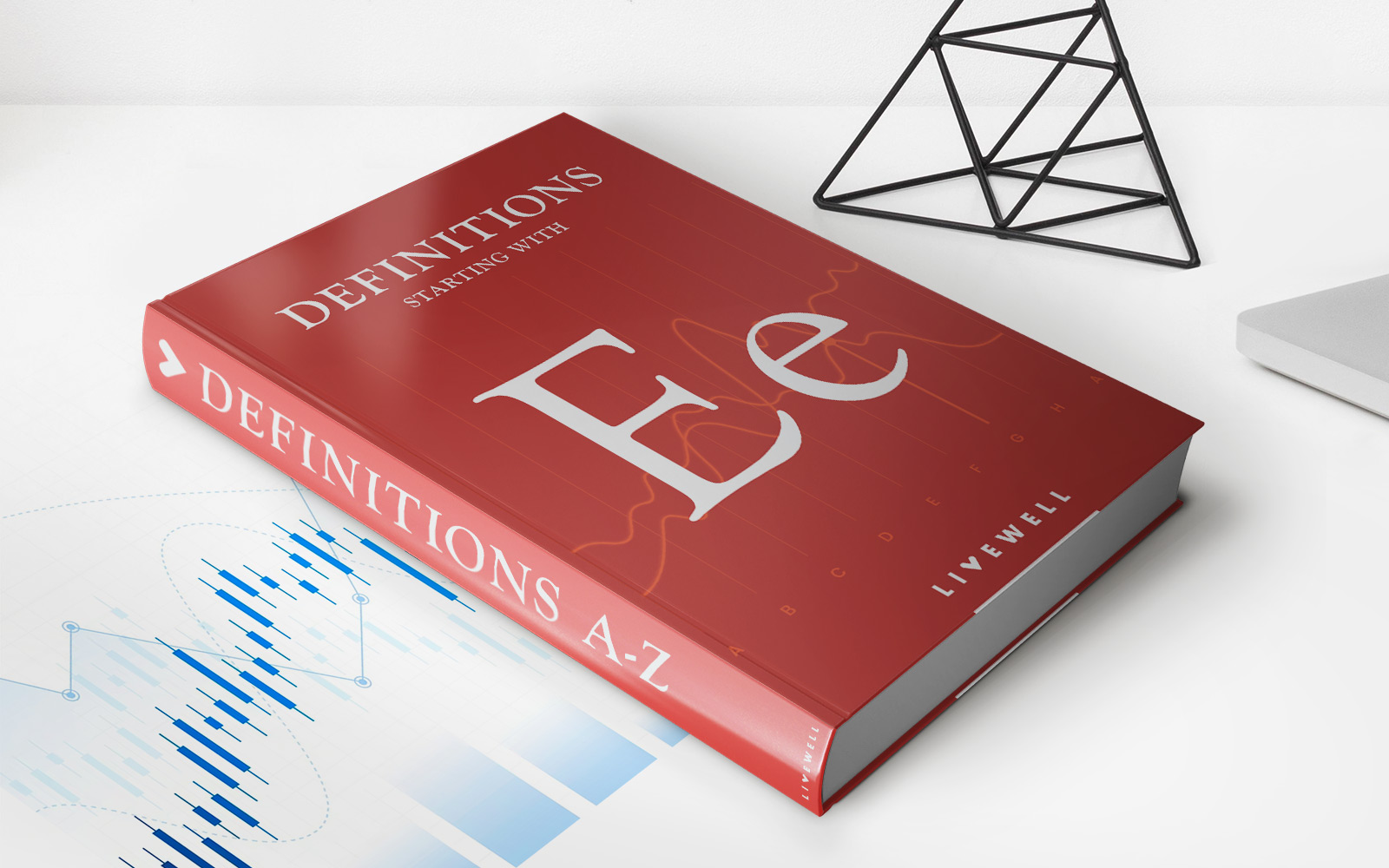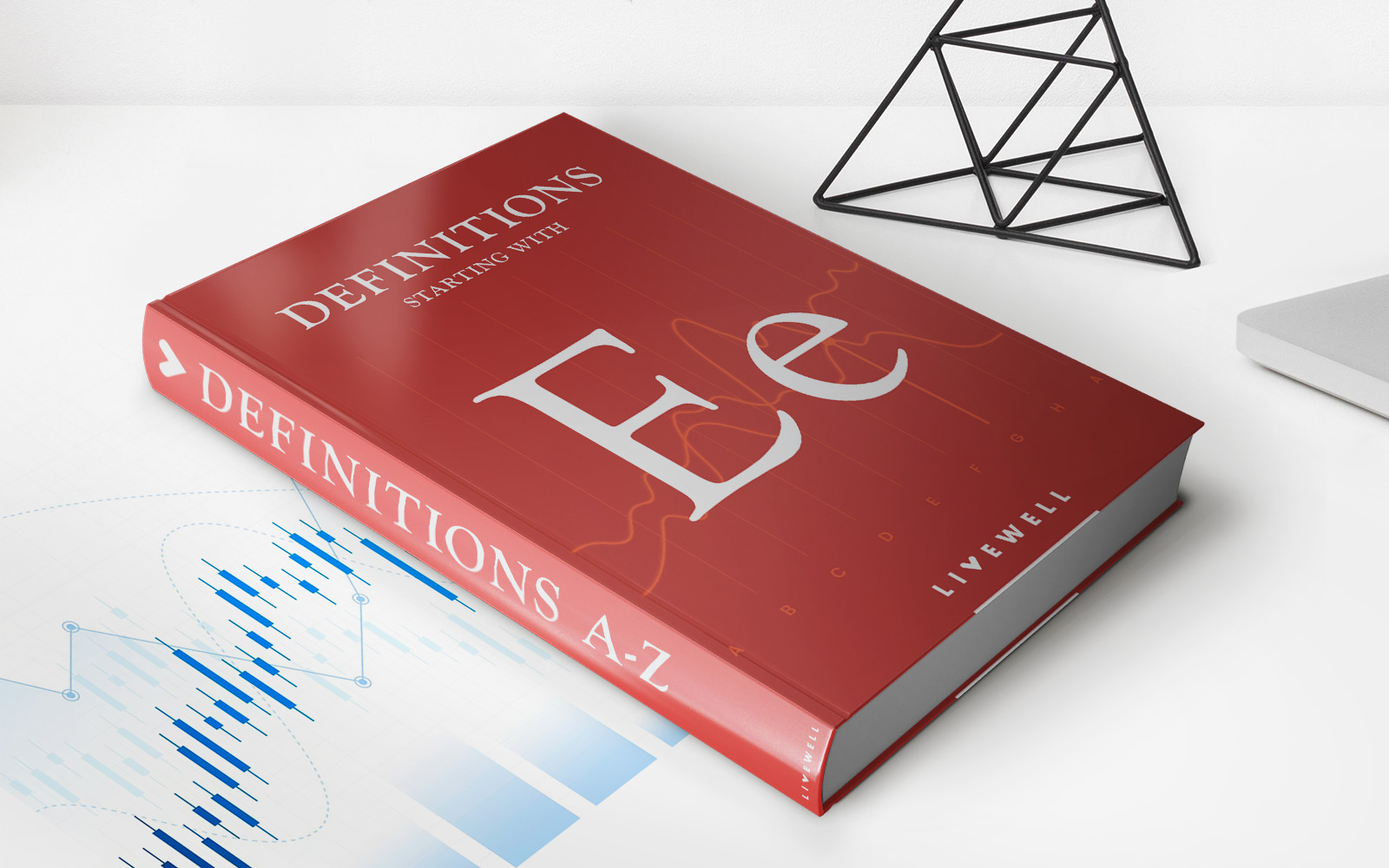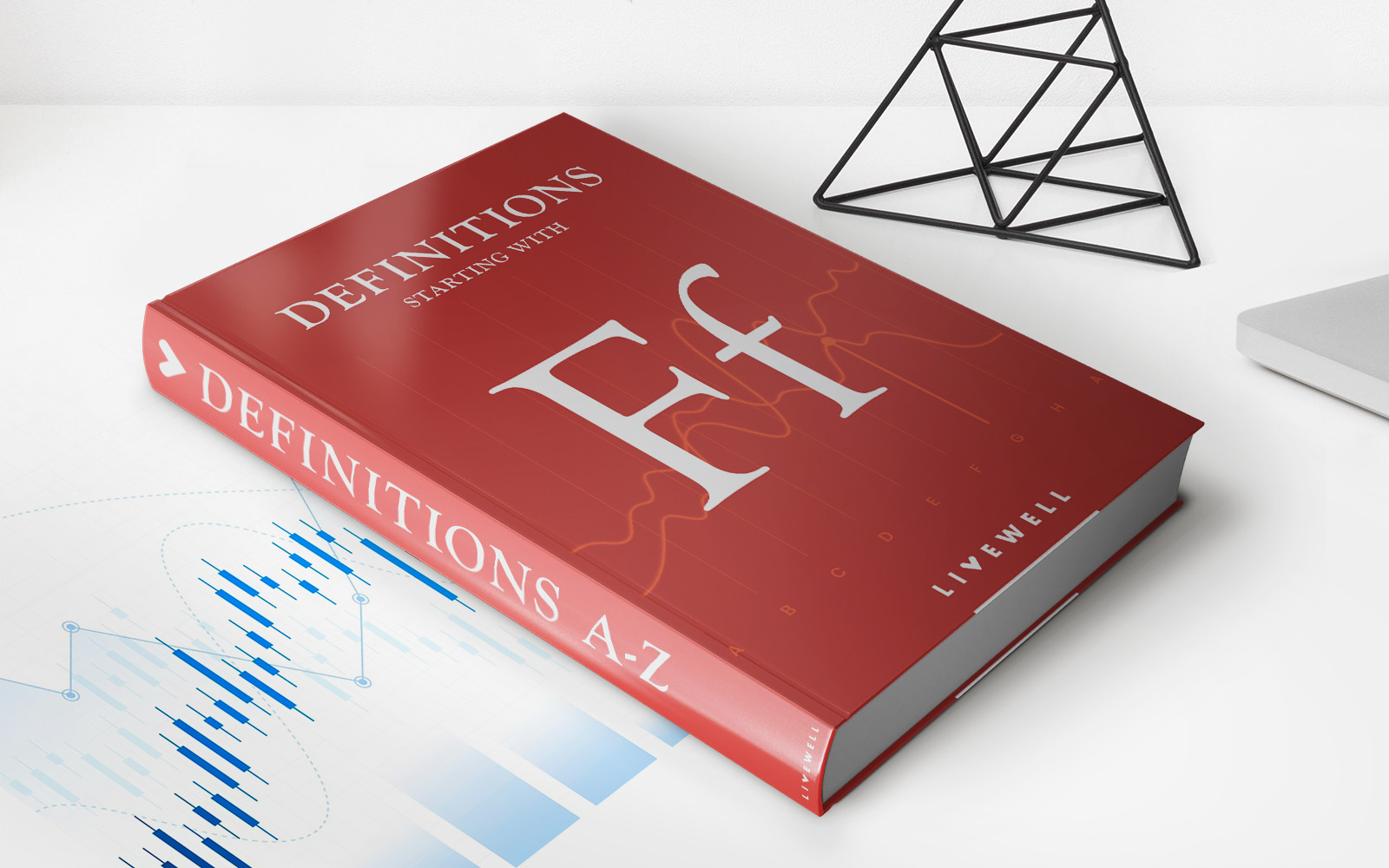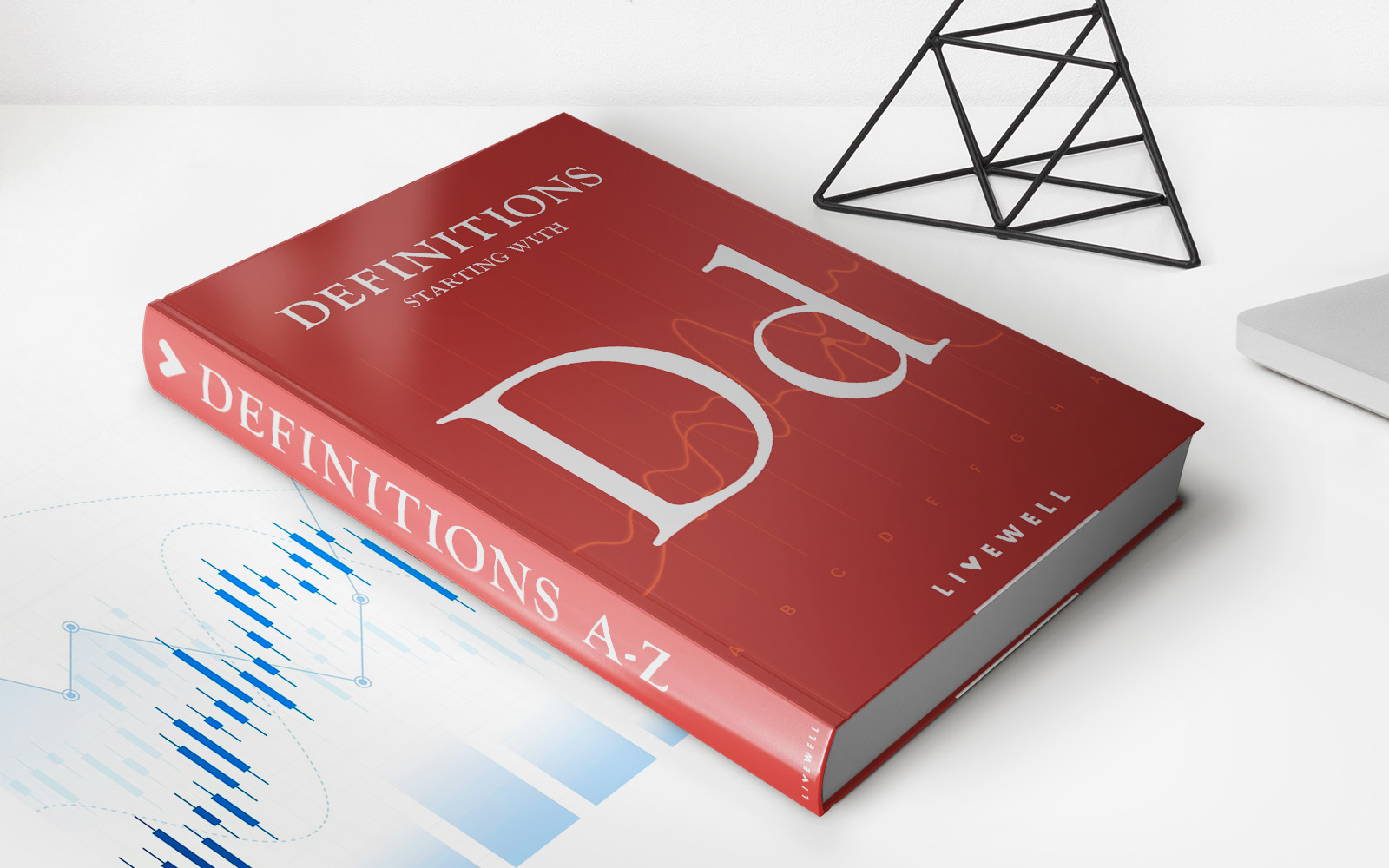Home>Finance>European Central Bank (ECB): Definition, Structure, And Functions
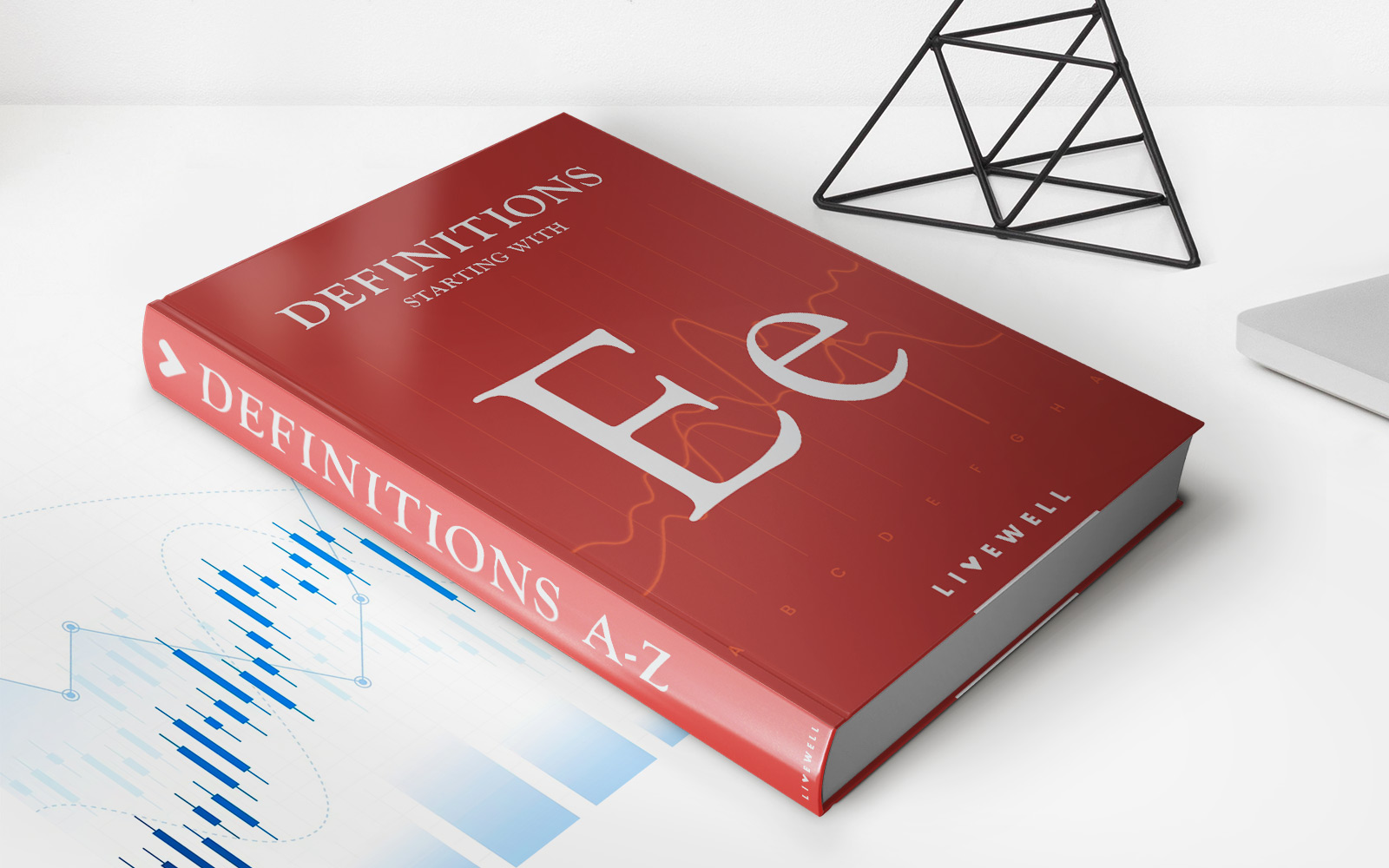

Finance
European Central Bank (ECB): Definition, Structure, And Functions
Published: November 19, 2023
Learn about the European Central Bank (ECB) - its definition, structure, and functions in finance. Understand the role of ECB in the financial system.
(Many of the links in this article redirect to a specific reviewed product. Your purchase of these products through affiliate links helps to generate commission for LiveWell, at no extra cost. Learn more)
European Central Bank (ECB): Definition, Structure, and Functions
Welcome to the Finance category of our blog! In this post, we will dive into the world of central banking and explore the European Central Bank (ECB). If you’ve ever wondered about the crucial role that the ECB plays in maintaining financial stability across Europe, you’re in the right place. Let’s get started!
Key Takeaways:
- The European Central Bank (ECB) is the central bank for the Eurozone, responsible for maintaining price stability and safeguarding the financial system.
- The ECB’s primary functions include conducting monetary policy, supervising and regulating banks, and promoting the smooth functioning of payment systems.
What is the European Central Bank (ECB)?
The European Central Bank (ECB) is an institution that acts as the central bank for the Eurozone countries. It was established in 1998 and has its headquarters in Frankfurt, Germany. The primary objective of the ECB is to maintain price stability within the Eurozone, ensuring that inflation remains under control. This stability is achieved through the implementation of monetary policy measures.
The ECB plays a crucial role in the Eurozone’s financial system. It exercises its authority by setting interest rates, which directly impact borrowing costs and influence economic activity. By controlling inflation, the ECB contributes to the overall stability and sustainability of the Eurozone economy.
The Structure of the ECB
The structure of the European Central Bank consists of several key components:
- Governing Council: The Governing Council is the highest decision-making body of the ECB. It consists of the Executive Board, which includes the ECB President and Vice-President, and the governors of the national central banks of Eurozone countries. The Governing Council meets regularly to discuss and decide on monetary policy and other important matters.
- Executive Board: The Executive Board is responsible for the day-to-day operations of the ECB. It consists of six members, including the President and Vice-President. The Executive Board prepares and implements the monetary policy decisions made by the Governing Council.
- General Council: The General Council comprises the President and Vice-President of the ECB, as well as the governors of all EU member states. Its role is to ensure coordination and cooperation between the ECB and the national central banks of EU countries that have not adopted the euro.
- National Central Banks: The national central banks of Eurozone countries form an integral part of the ECB’s structure. While the ECB sets monetary policy for the Eurozone as a whole, national central banks play a role in implementing these policies within their respective countries.
Functions of the ECB
The European Central Bank (ECB) performs several key functions to fulfill its mandate of maintaining price stability and safeguarding the financial system. These include:
- Monetary Policy: The ECB formulates and implements monetary policy for the Eurozone. This involves setting interest rates, managing liquidity in the financial system, and conducting operations to influence the money supply.
- Banking Supervision: The ECB is responsible for supervising and regulating banks within the Eurozone. It ensures that banks operate in a safe and sound manner, protecting the interests of depositors and borrowers.
- Payment Systems: The ECB promotes the smooth functioning of payment systems across the Eurozone. It facilitates the efficient processing and settlement of payments, ensuring secure and reliable transactions.
By effectively carrying out these functions, the ECB plays a pivotal role in supporting the stability, integrity, and development of the Eurozone’s financial system.
Conclusion
The European Central Bank (ECB) is a vital institution in the Eurozone, responsible for maintaining price stability and safeguarding the financial system. Through its monetary policy decisions, banking supervision activities, and efforts to promote efficient payment systems, the ECB contributes significantly to the economic well-being of European Union member states. Understanding the role and functions of the ECB is crucial for anyone interested in finance and the European economy.
